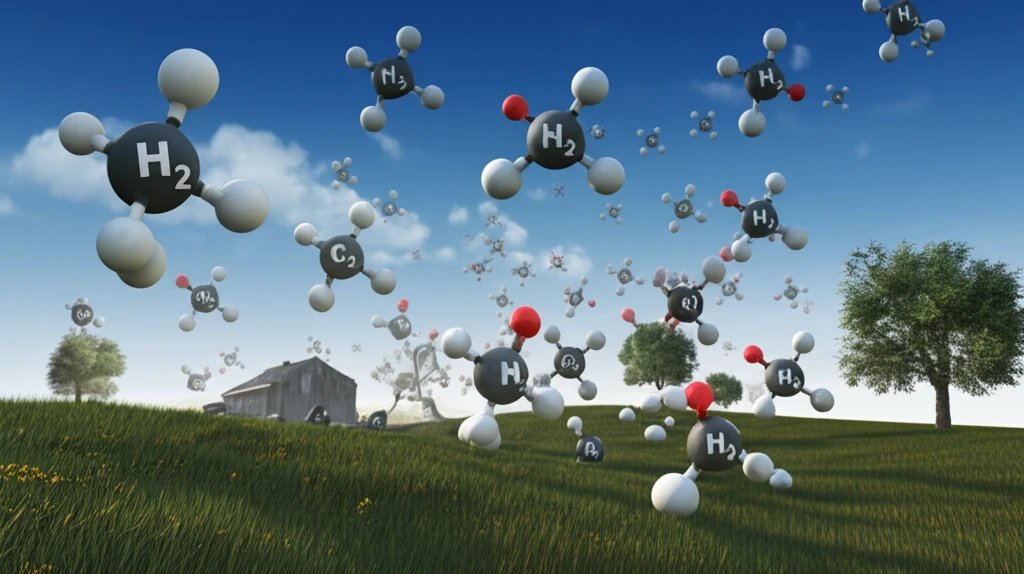
Fighting Ammonia Pollution: How Agriculture Can Clean Up Its Act
"A new meta-analysis reveals effective strategies for reducing ammonia emissions from farms, paving the way for a healthier planet."
Ammonia (NH3) emissions from agricultural activities are a significant environmental problem. This pollution contributes to air quality degradation, soil acidification, water eutrophication, biodiversity loss, and negative impacts on human health. It's a complex challenge that demands innovative solutions and proactive management.
While numerous strategies exist to mitigate ammonia emissions, their effectiveness varies greatly across different agricultural systems, livestock, and crops. Integrated approaches are needed. A comprehensive understanding of the most effective methods is essential to drive meaningful change.
Now, a new meta-analysis offers valuable insights. This research aggregates data from multiple studies to assess strategies for reducing ammonia emissions in both livestock and crop production. By understanding the scale of the problem and the solutions, we can start building a more sustainable agricultural system.
Proven Strategies to Tackle Ammonia Emissions

This research systematically analyzes a range of mitigation strategies. It pinpoints which methods work best for different agricultural contexts. The goal is to provide actionable recommendations. This will enable farmers and policymakers to make informed decisions.
- Livestock Production
- Dietary Additives: Incorporating additives into animal feed is shown to reduce ammonia emissions significantly. Specific additives include yucca extracts and compounds that optimize digestion.
- Urease Inhibitors (UI): Using urease inhibitors in livestock systems effectively decreases ammonia emission.
- Manure Acidification: Acidifying manure leads to substantial reductions in ammonia release.
- Deep Manure Placement: This method has demonstrated exceptional results in minimizing emissions.
- Cropping Systems
- Fertilizer Source: The type of fertilizer used has a big impact on ammonia emissions.
- Enhanced Efficiency Fertilizers: These fertilizers are designed to reduce nutrient loss and lower emissions.
- Field Application Method: How fertilizer is applied affects the amount of ammonia released into the environment.
Looking Ahead: A Call to Action for Sustainable Farming
By adopting these proven strategies, agriculture can minimize its impact on the environment and ensure a healthier future for all. The journey toward sustainability requires commitment and collaboration, but the rewards are well worth the effort. As consumers, we can support sustainable farming practices by choosing products from environmentally conscious producers, further driving the adoption of these essential mitigation strategies.
